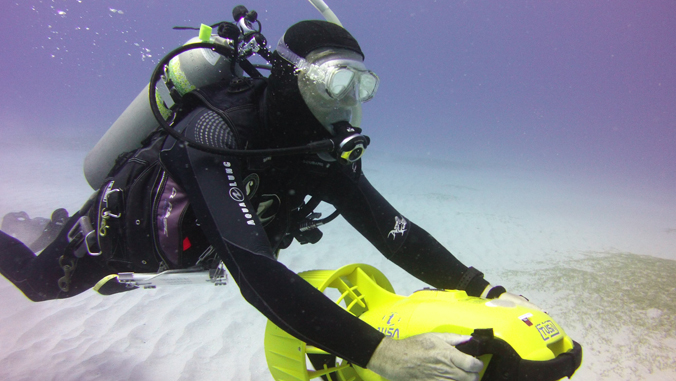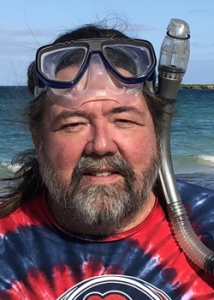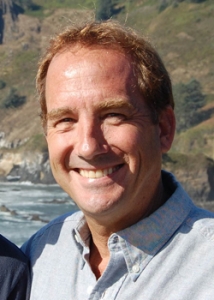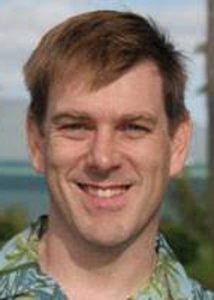
Six faculty members at the University of Hawaiʻi at Mānoa have been listed among the top 1,000 scientists in the disciplines of ecology and evolution as evaluated by Research.com.


School of Ocean and Earth Science and Technology’s (SOEST) Hawaiʻi Institute of Marine Biology (HIMB) Researcher Brian Bowen; SOEST Pacific Biosciences Research Center Professor Emeritus Michael Hadfield; School of Life Sciences Professor Mark Hixon; SOEST Department of Oceanography Professor Emeritus Craig Smith; SOEST HIMB Researcher Robert Toonen; and SOEST HIMB former director, the late Ruth Gates, were ranked among the world’s top scientists for ecology and evolution.
The ranking is constructed using the H-index data (a metric for evaluating the cumulative impact of an author’s scholarly output and performance) gathered by Microsoft Academic and included only prominent scientists with an H-index of at least 30 for scientific papers published in the field of ecology and evolution.


“This recognition demonstrates the superior quality of work by our faculty, providing further evidence of our status as one of the world’s great research universities,” said UH Mānoa Provost Michael Bruno. “Their research in ecology, conservation, and human impacts on the environment have led the way toward countless impactful discoveries, and we are proud to have them as part of our UH ʻohana.”
Brian Bowen
Bowen’s research program is designed to resolve the origins of marine biodiversity in the service of conservation. Since joining the HIMB faculty in 2003, he has conducted range-wide genetic inventories of Hawaiian and Indo-Pacific reef fishes to inform the design of marine protected areas. Bowen is co-author of the best-selling textbook Diversity of Fishes, which will be published in a third edition later this year.


Michael Hadfield
Hadfield’s scientific interests lie mainly in marine invertebrate larval ecology and metamorphosis and the roles of marine bacteria films as cues for larval settlement. His long-term research goals are aimed at understanding the factors that determine where larvae of bottom-living invertebrate animals settle and metamorphose—a key to understanding how seafloor communities are established and maintained on all surfaces under salt water.
Mark Hixon
Hixon’s expertise is the ecology and conservation biology of coral reefs, presently focusing on how seaweed-eating fishes benefit corals. He has also studied kelp forest fishes, hummingbird behavior, deep-sea communities, fisheries ecology, and the invasion of the Caribbean Sea by Pacific lionfish.
Craig Smith
Smith has strong interests in biodiversity, disturbance ecology and human impacts in seafloor ecosystems. He has conducted research in Antarctica, mangroves, submarine canyons, whale-fall communities, cold seeps, continental slopes, and abyssal plains to obtain a broad perspective of natural and stressed marine ecosystems. His most recent work includes assessing the impacts of climate warming on Antarctic fjord ecosystems, and designing marine protected areas to mitigate biodiversity loss from deep-sea mining.
Robert Toonen
Toonen has used lab and field experiments, molecular genetics, and computer modeling and more in an effort to address a variety of biological questions. From assessing cues for larval settlement to population genetics of marine invertebrates, sharks and turtles, to coral bleaching and conservation, Toonen approaches research from an ecological perspective—to scale up from genes to individuals to populations.
Ruth Gates
Gates was a tireless innovator and advocate for coral reef conservation. Coral reefs around the world have experienced massive die off as a result of warming ocean temperatures, increasing acidity, pollution runoff from land and other threats. The focus of her most recent research was creating “super corals,” coral species occurring naturally in the ocean that could be trained to become more resilient to these harsh conditions. Gates passed away in 2018.
This recognition is an example of UH Mānoa’s goal of Excellence in Research: Advancing the Research and Creative Work Enterprise (PDF), one of four goals identified in the 2015–25 Strategic Plan (PDF), updated in December 2020.
For more information, see Research.com.

